Protecting Your Precious Teeth

Structure of Teeth
Teeth are composed of various tissues such as the outermost enamel, dentin, pulp (nerve), cementum, and periodontal membrane.
Symptoms like sensitivity to cold or sweet foods are due to the destruction of the hardest enamel of the tooth by cavities or other causes, which transmits stimuli to the pulp through the dentin via open dentinal tubules.
Tooth pain is one of the warnings that the body gives.
The pain situation can help us understand the progress of a cavity.
A diagnosis is always necessary before cavity treatment.
Causes of Cavities
There are four factors that cause cavities.
1. Teeth

The first factor is teeth. Without teeth, cavities cannot occur.
Using fluoride products like toothpaste and fluoride application can strengthen the quality of teeth and prevent cavities.
2. Bacteria

The second factor is bacteria, such as Streptococcus mutans.
Cavities are said to be one type of infection, and the amount of bacteria in the mouth varies from person to person.
It is said that bacterial infection occurs through mother-to-child transmission by around the age of three, and is also influenced by the oral environment of the guardian.
3. Diet

The third factor is diet.
Bacteria mainly use sugar to produce acid and dissolve teeth.
When you think of sugar, you might imagine sweets like chocolate, but carbohydrates also contain sugar and can cause cavities.
Even sports drinks, which are considered healthy, contain a large amount of sugar.
Diet is influenced by lifestyle habits, and a regular balanced diet is desirable.
4. Time

The fourth factor is time.
Food (sugar) attached to the teeth is used by bacteria to produce acid and dissolve teeth over time.
However, the mouth has the power of remineralization, which repairs dissolved teeth with saliva.
By avoiding snacking and having regular meals in the morning, noon, and evening, cavities can be prevented.
When all four of these factors are present, cavities occur. If even one is missing, they will not.
In reality, these conditions cannot be avoided, so brushing teeth and maintaining a regular diet are necessary to reduce the risk of cavities as much as possible.
Unlike a common cold or fractured bone, advanced tooth decay does not heal naturally, and requires treatment by a dentist.
However, to address the root cause, it is necessary for the patient to improve their lifestyle habits.
Consideration for Pain During Treatment

At our clinic, under the guidance of the director who is also a certified anesthesiologist, we take care to minimize pain by administering anesthesia during almost all treatments.
Before administering anesthesia, we always perform pre-anesthesia called surface anesthesia.
Treatment Procedure
For initial cavities that are white and cloudy or hard and black cavities that have stopped progressing, if the patient's oral environment is good, we observe without treatment as much as possible.
"During that time, we provide cleaning guidance and apply fluoride to suppress progression so that cavities do not advance.
"
However, depending on the patient's lifestyle background and cleaning situation, if there is a risk of future cavities, we may proceed with treatment after consulting with the patient.
Therefore, regular check-ups are essential to monitor the risk of cavities.
Intravenous Sedation
Intravenous sedation is a method that allows treatment or surgery to be administered comfortably.
By injecting (drip) and administering a drug that makes you sleepy, a relaxed state is created.
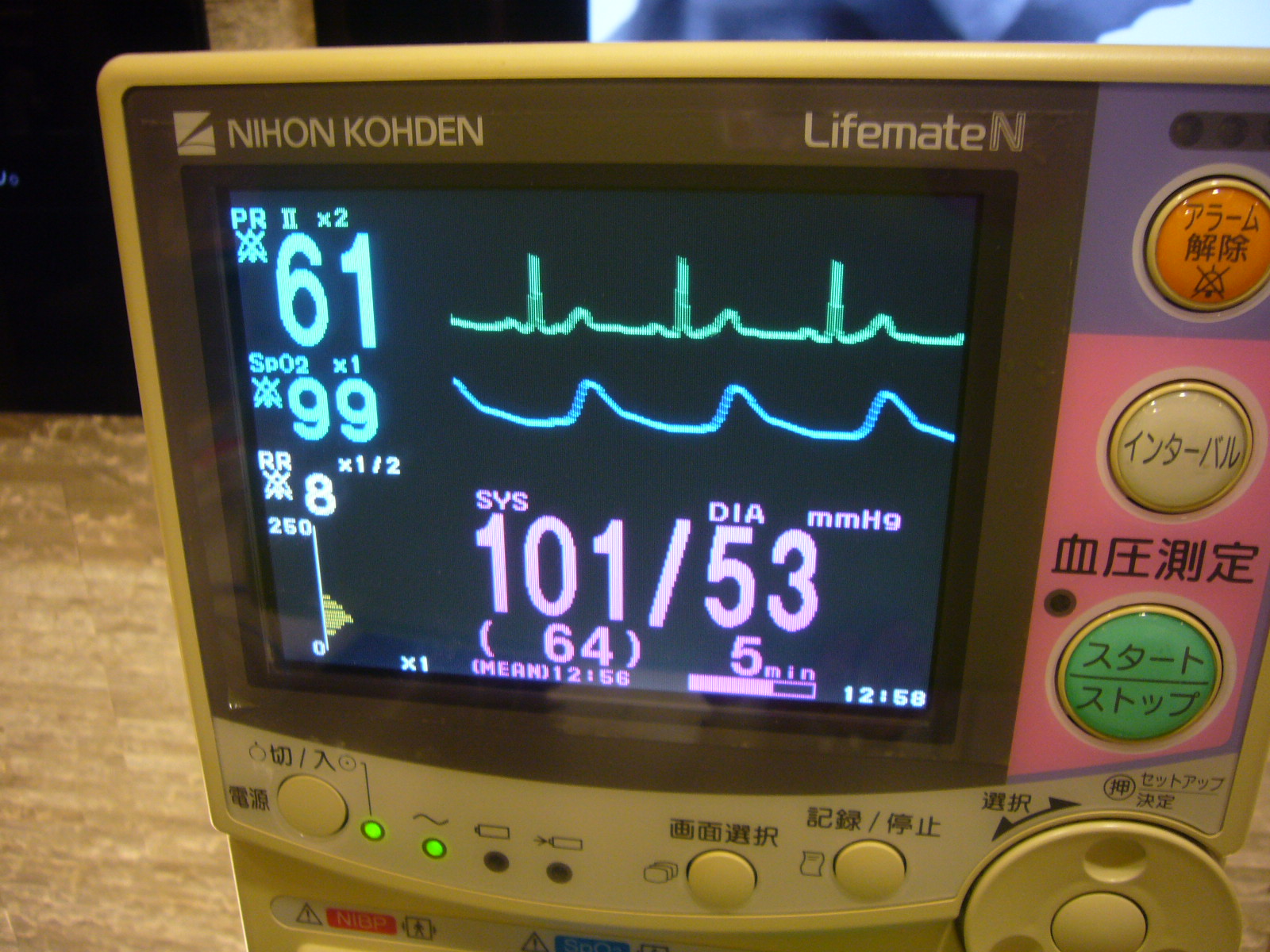
This method is recommended for those with illnesses (such as hypertension or diabetes), those with a fear of dental treatment, those with a strong gag reflex (who have difficulty with dental moulds or brushing), or those undergoing long or difficult surgeries (such as implants, replantation, transplantation, or apicoectomy).
The drugs used are minor tranquilizers (often used for insomnia) or general anesthetics. A dental anesthesiologist adjusts the amount of medication used in real-time while observing the patient's body reactions and the progress of the surgery. A state of relaxation without tension or anxiety is created, ranging from a drowsy state to a sleeping state. You will not feel any disturbing sounds, vibrations, or stimuli, allowing you to undergo treatment or surgery comfortably, and time will seem to pass quickly.
To ensure safety, a device called biometric monitor is attached to measure blood pressure, electrocardiogram, and oxygen saturation. Unlike general anesthesia, tracheal intubation (inserting a tube into the trachea for artificial respiration) is not performed, and you will breathe on your own.
Surgery Day Schedule
① Examination of the patient's condition on the day
② Attach the monitor and administer intravenous drip
③ Administer anesthesia to create a relaxed state (start of intravenous sedation)
④ Start of surgery
⑤ Continuously administer anesthesia during surgery
⑥ End of surgery
⑦ Rest until the anesthesia wears off to some extent and then finish
* There are dietary and driving restrictions, so please ask your doctor for details.
Levels of Cavity Progression
C1

The outermost enamel of the tooth is dissolved by cavities.
In most cases, the cavity is drilled, and a white "CR (composite resin)" resin is filled.
In cases where there is a cavity on a wide surface or on molars that bear chewing force, metal fillings may be used.
Chronic cavities that have stopped progressing may be observed without treatment depending on the patient's oral condition.
C2

The cavity has progressed to the dentin under the enamel, causing symptoms like sensitivity.
Unlike C1, cavities that have progressed to the dentin progress quickly, symptoms appear easily, and observation is difficult.
The cavity is drilled, and a white "CR (composite resin)" resin is filled.
In cases where there is a cavity on a wide surface or on molars that bear chewing force, metal fillings may be used.
See Detailed Treatment Examples
C3

The cavity has progressed beyond the dentin and bacteria have infected the pulp (nerve).
When the infection reaches the pulp, there may be symptoms such as severe pain or swelling.
There are two treatment methods depending on the level of infection.
The first method is when the bacterial infection has reached only a part of the tooth,generally "pulp removal" is performed to remove the pulp (nerve), but at our clinic, we perform "nerve preservation therapy" using special materials such as "bioceramic (or MTA cement)" to protect the pulp.
The second method is when the bacterial infection has reached the entire root of the tooth, at which point, "root canal treatment" is performed.. Our clinic is one of the few in Japan with a "root canal treatment specialist," and it is our most specialized field.
By using a rubber dam to prevent bacterial infection and a microscope to enable an enlarged view, we perform more reliable and precise treatment methods.
See Detailed Treatment Examples
C4

The cavity has progressed significantly, and most of the tooth is lost, leaving only the root.
Generally, treatment is impossible, and extraction is performed in most cases, but at our clinic, we believe in the possibility of preserving the tooth using the power of orthodontics or a special method called "surgical extrusion."
Even if extraction is necessary due to difficulty in preservation, there is a possibility of compensating for the lost area by methods such as "tooth transplantation," which involves moving other teeth like wisdom teeth, or orthodontic procedures to move teeth..
Please consult us before considering implants or bridges that require significant healthy tooth reduction.
As tooth decay progresses, the treatment time, costs, and treatment risks are all increased.
Stopping cavities with reliable treatment at an early stage before they become painful prevents retreatment and helps the tooth last longer.
General Dental Treatment
1 Protecting Your Precious Teeth
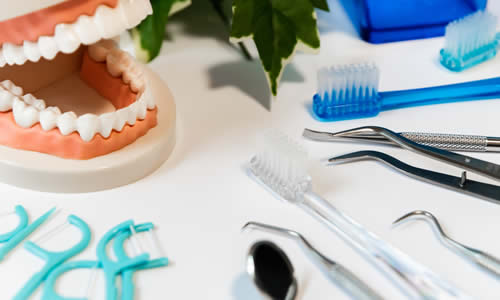
Thorough consideration to minimize pain for patients
2 Fostering a Lifelong Relationship With Your Natural Teeth
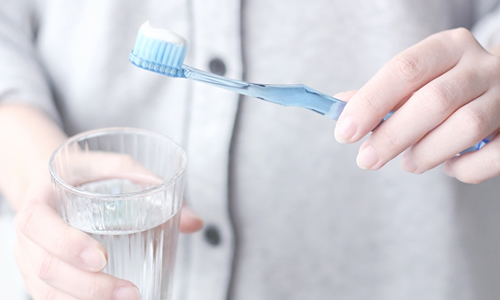
Specialized preventive dentistry to protect important teeth with professional cleaning
3 Precise Treatment with Minimal Drilling
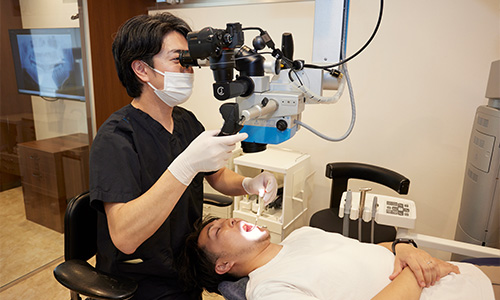
Direct bonding that minimizes drilling and reduces the number of treatment sessions
4 To Prevent Tooth Loss Due to Periodontal Disease
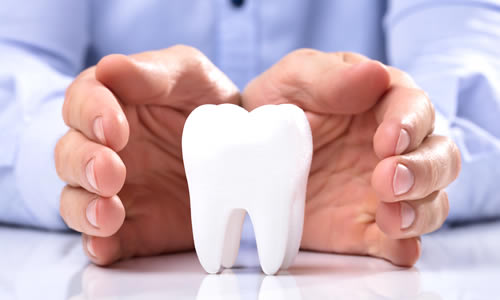
Periodontal treatment to protect patients' teeth from periodontal disease, which causes tooth loss
5 Aiming to Preserve the Nerve as Much as Possible

To live with your own teeth for as long as possible...
Our clinic considers this in our treatments.